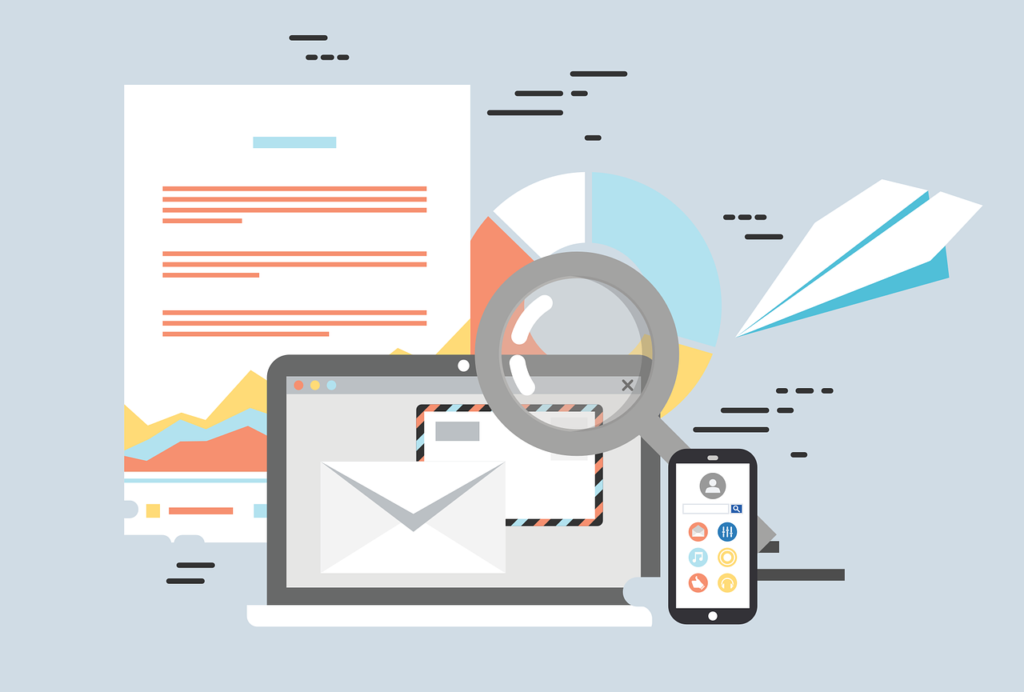
For small businesses, marketing is a critical tool for attracting customers, building brand awareness, and driving growth. However, with limited resources, many small business owners find it challenging to compete with larger companies that have substantial marketing budgets. The good news is that effective marketing doesn’t have to break the bank. By leveraging creative strategies and focusing on cost-effective channels, small businesses can maximize their marketing impact and reach their target audience without overspending.
Understanding Your Target Audience
The foundation of any successful marketing campaign is a deep understanding of your target audience. Knowing who your customers are, what they need, and where they spend their time will help you tailor your marketing efforts for maximum effectiveness.
- Define Your Ideal Customer: Create detailed buyer personas that represent your ideal customers, including their demographics, interests, and pain points.
- Identify Key Channels: Determine which marketing channels your audience uses most frequently, whether it’s social media, email, or local community events.
- Tailor Your Messaging: Craft messages that resonate with your audience’s needs and preferences, focusing on the value your business provides.
By understanding your target audience, you can focus your marketing efforts on the channels and messages that are most likely to drive results, reducing wasted time and resources.
Leveraging Digital Marketing
Digital marketing offers a range of cost-effective tools and platforms that small businesses can use to reach their audience and build their brand. Here are some strategies to consider:
- Social Media Marketing: Social media platforms like Facebook, Instagram, and LinkedIn allow you to connect with your audience, share content, and promote your products or services. Use organic posts to engage with your followers, and consider running targeted ads to reach a broader audience with a limited budget.
- Content Marketing: Creating valuable content, such as blog posts, videos, and infographics, can help establish your business as an authority in your industry. Share your content on your website, social media, and email newsletters to drive traffic and build trust with your audience.
- Email Marketing: Email is one of the most cost-effective marketing channels available. Build an email list of customers and prospects, and send regular newsletters with updates, promotions, and valuable content. Personalized and segmented emails tend to perform better, so consider tailoring your messages to different audience segments.
Maximizing Local Marketing Opportunities
For small businesses that rely on local customers, local marketing is an essential strategy. Here’s how you can make the most of local marketing on a budget:
- Local SEO: Optimize your website and Google My Business listing for local search terms to ensure your business appears in local search results. Encourage satisfied customers to leave positive reviews, which can boost your visibility and credibility.
- Community Engagement: Get involved in your local community by sponsoring events, participating in local fairs, or partnering with other businesses. Community involvement not only raises your business’s profile but also fosters goodwill and builds relationships with potential customers.
- Referral Programs: Word-of-mouth is one of the most powerful forms of marketing. Create a referral program that incentivizes your existing customers to refer new customers to your business. Offer discounts, freebies, or other rewards for successful referrals.
Collaborating with Other Businesses
Partnerships and collaborations with other businesses can be a mutually beneficial way to expand your reach without significant cost:
- Joint Promotions: Team up with complementary businesses to run joint promotions or events. For example, a local coffee shop and a bakery could collaborate on a “coffee and pastry” special, benefiting both businesses.
- Co-Branding: Collaborate on co-branded products or services that combine the strengths of both businesses. This not only expands your reach but also adds value to your offerings.
- Cross-Promotions: Share each other’s content on social media, in newsletters, or in-store to reach a broader audience without the need for paid advertising.
Measuring and Optimizing Your Efforts
One of the advantages of digital marketing is the ability to track and measure the performance of your campaigns. By regularly analyzing your marketing efforts, you can determine what’s working and what’s not, allowing you to optimize your strategies and maximize your ROI.
- Use Analytics Tools: Utilize tools like Google Analytics, social media insights, and email marketing analytics to monitor the performance of your campaigns.
- A/B Testing: Experiment with different versions of your ads, emails, and content to see which performs better. A/B testing allows you to make data-driven decisions and improve your marketing effectiveness.
- Adjust and Adapt: Marketing is not a set-it-and-forget-it activity. Be prepared to adjust your strategies based on the results you see, and stay flexible to take advantage of new opportunities.
Marketing on a budget is not only possible; it can be highly effective with the right strategies in place. By focusing on understanding your audience, leveraging digital tools, maximizing local opportunities, and collaborating with other businesses, small businesses can create impactful marketing campaigns that drive growth and build brand awareness. Remember, creativity and consistency are your greatest assets in making the most of your marketing efforts without overspending.

